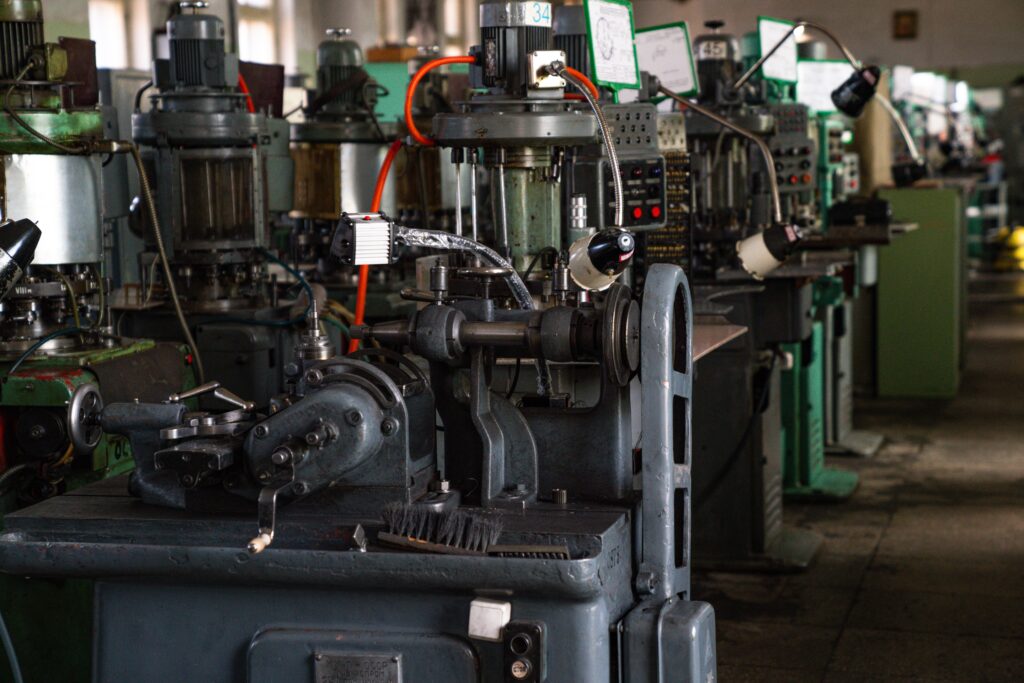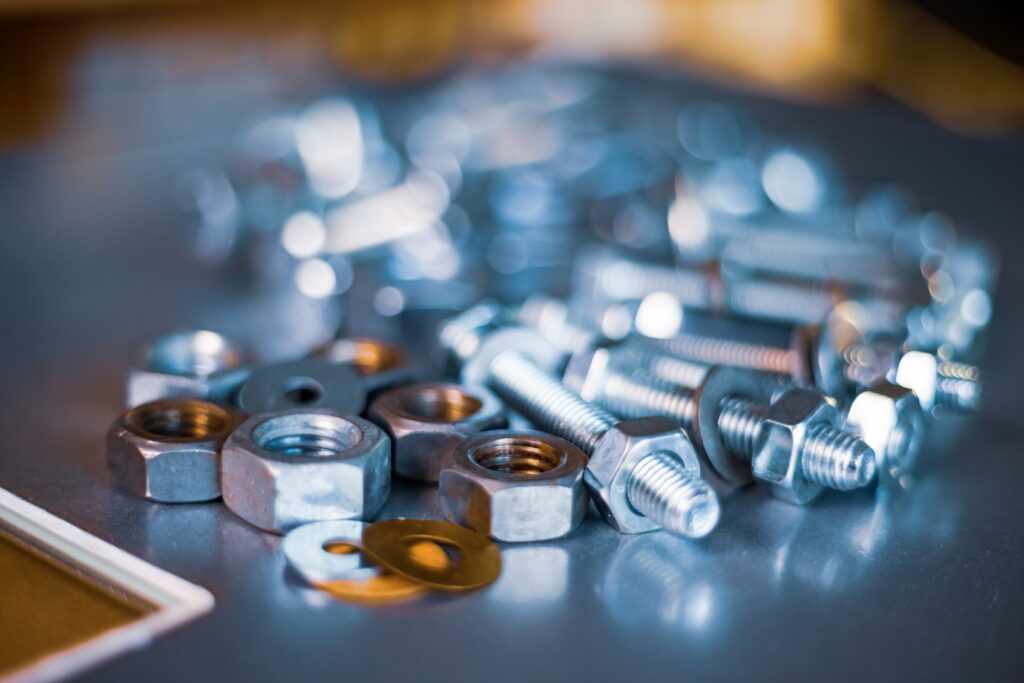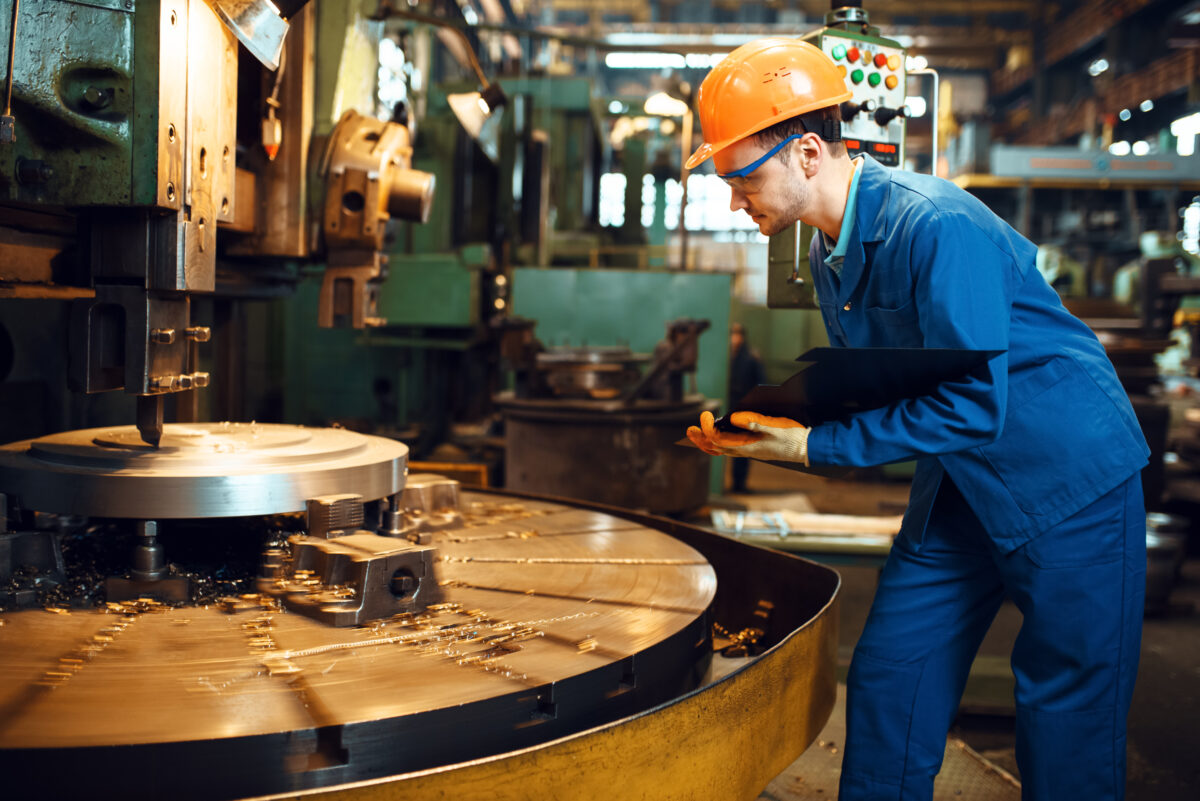Best practices for line clearance ensure a clean slate for each production run, minimizing the risk of contamination and optimizing operational efficiency.
This article delves into the best practices for effective line clearance. From personnel training to environmental considerations, optimize your processes for quality and compliance.
Best Practices For Line Clearance

1. Training and Skill Development
The foundation of effective line clearance lies in the capabilities of the personnel involved. You should implement training programs to ensure each team member understands the significance of their role.
This not only includes the physical tasks involved in clearing the production line but also imparts an understanding of the broader impact on product quality and manufacturing efficiency. Investing in ongoing skill development programs ensures the workforce is equipped to adapt to evolving manufacturing landscapes.
2. Standard Operating Procedures (SOPs)
Establishing clear and detailed Standard Operating Procedures (SOPs) is fundamental to effective line clearance. SOPs provide a structured framework for personnel to follow, reducing the likelihood of errors and ensuring consistency in the clearance process.
Regularly review and update procedures to reflect any changes in the manufacturing environment or regulations. In addition, ensure clear communication of SOPs to all personnel involved as this is essential for adherence and successful implementation.
3. Continuous Improvement Initiatives
The manufacturing landscape is dynamic, and effective line clearance requires a commitment to continuous improvement. Regularly reviewing and updating line clearance processes ensures adaptability to changing circumstances.
This involves seeking feedback from personnel involved in the clearance process, analyzing data on clearance efficiency, and implementing changes that enhance overall effectiveness. Embracing a culture of continuous improvement fosters innovation and resilience in the face of evolving manufacturing challenges.
4. Personnel Responsibilities
Designating clear roles and responsibilities to personnel involved in line clearance is fundamental. Each team member should have a well-defined role, ensuring accountability and preventing oversights in the process.
Effective communication of responsibilities minimizes the risk of confusion or errors during line clearance. Regular training sessions and periodic reviews of personnel responsibilities contribute to a well-coordinated and efficient clearance process.
5. Equipment and Tool Inspection
Thorough inspection of equipment and tools used in the production process is vital for effective line clearance. This involves not only ensuring cleanliness but also checking for proper calibration and functionality.
Establish regular maintenance schedules to address any issues promptly. Documentation of equipment inspections provides a transparent record for compliance purposes and contributes to the overall traceability of the manufacturing process.

6. Material Verification
The meticulous verification of raw materials and components is a critical step in line clearance. Rigorous checks should be conducted to ensure the quality, quantity, and suitability of materials for the upcoming production run.
Collaboration with the supply chain is essential to keep abreast of any changes or challenges in material availability. Developing contingency plans for potential material issues contributes to the smooth flow of the manufacturing process.
7. Environmental Considerations

Maintaining a clean and controlled environment is essential for effective line clearance. This involves controlling factors such as temperature, humidity, and air quality. Regular monitoring and adjustments to environmental conditions contribute to the overall success of the clearance process.
Safety protocols, including the use of personal protective equipment, should also be strictly adhered to during line clearance to ensure the well-being of personnel.
8. Regulatory Compliance
Manufacturers must navigate a complex landscape of regulations governing line clearance. Understanding and adhering to these regulations is paramount to successful line clearance.
Regular updates on relevant regulations, proactive engagement with regulatory bodies, and the integration of compliance checks into the clearance process are essential. Compliance challenges should be addressed promptly, and personnel should be trained to stay informed about regulatory changes.
In conclusion, effective line clearance is not just a routine task but a strategic imperative for manufacturers seeking to uphold product quality, operational efficiency, and regulatory compliance. Embracing best practices for line clearance such as training and skill development, clear SOPs, continuous improvement initiatives, and stringent compliance measures ensures that line clearance becomes a proactive and integral part of the manufacturing process. By fostering a culture of excellence and adaptability, manufacturers can navigate the complexities of line clearance with confidence, contributing to their overall success in a competitive market landscape.
Build Your Line Clearance Check List With FAT FINGER
Build an enterprise-grade line clearance checklist effortlessly with our drag-and-drop digital workflow builder.
Experience operational excellence with FAT FINGER’s no-code builder.
Our platform utilizes machine learning to coach users in real-time, enhancing safety and decision-making.
Start building your line clearance digital procedure for free at www.fatfinger.io and empower your front-line teams to perform with accuracy and precision every time.


